20 Surprising Ways Geography Has Influenced Food Around the World
Have you ever wondered why your favorite dishes taste the way they do? That steaming bowl of ramen or perfectly spiced curry isn’t just a product of culinary creativity – it’s a delicious result of the world’s geography. From mountain peaks to coastal plains, our planet’s diverse landscapes have been secretly seasoning our food for millennia.
Take that morning coffee ritual – those precious beans thrive in the “Bean Belt” – a narrow band around Earth’s equator where altitude, rainfall, and temperature create the perfect coffee-growing conditions. Geography isn’t just setting the stage; it’s been the master chef.
The Himalayan Salt Story
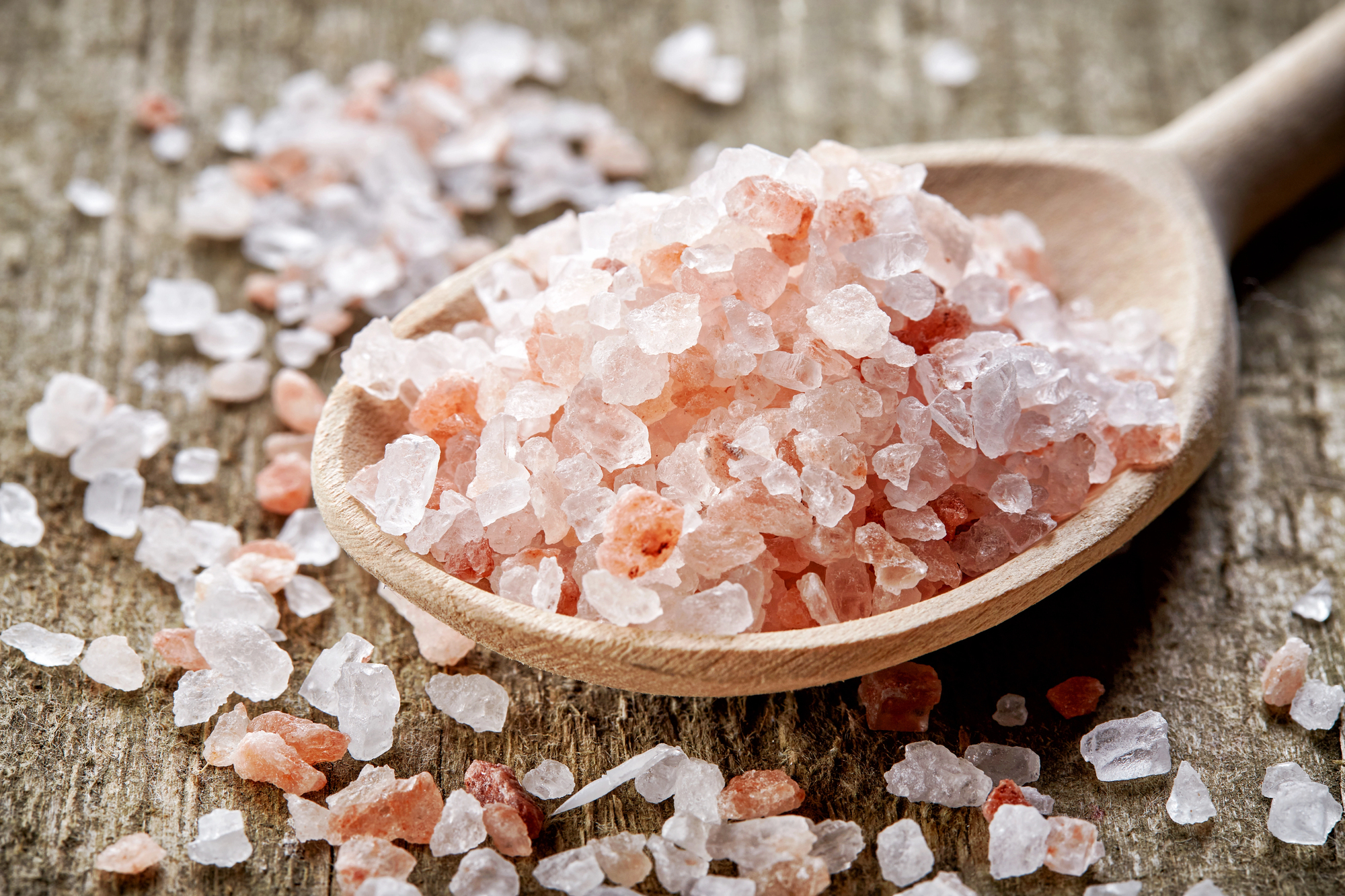
Next time you sprinkle salt on your food, consider this: that pink Himalayan salt on trendy restaurant tables began its journey 250 million years ago when an ancient sea evaporated, leaving its mineral-rich deposits trapped within what would become the Himalayan Mountains. Today, these rose-tinted crystals are mined from the same peaks that once lay beneath prehistoric waves.
The salt’s distinctive color comes from trace minerals trapped within the crystals – iron gives it that characteristic pink hue. The mines themselves, located in Pakistan’s Punjab region, stretch for miles underground, creating a spectacular labyrinth of shimmering pink tunnels. Local miners have worked these deposits for over 2,000 years, using techniques passed down through generations.
The salt’s mineral content – it contains all 84 natural elements found in the human body – makes it more than just a seasoning; it’s a testament to the ancient seas that once covered our continents.
Mediterranean Magic
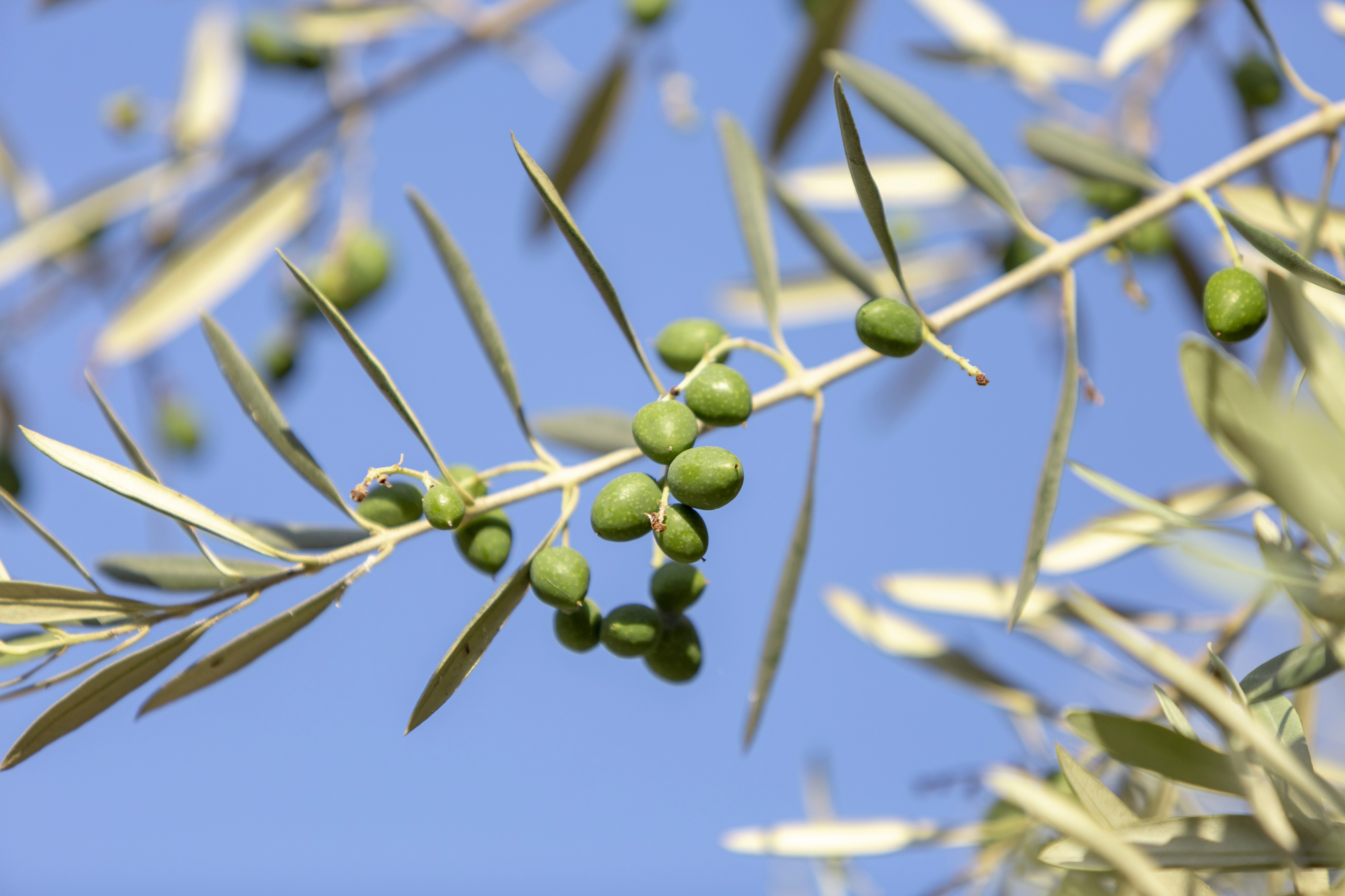
The Mediterranean’s climate has created what nutritionists now praise as one of the world’s healthiest diets. But this wasn’t about making health-conscious choices – it was simple geography. Mild winters and dry summers made olive trees thrive, while rocky terrain better suited to goats than cattle naturally led to a preference for cheese made from goat’s milk. Those picturesque hillside vineyards? They exist because grapevines love well-drained soil and sunny slopes.
The region’s geographical features created natural trading routes that allowed for the exchange of ingredients and cooking techniques. Coastal cities became culinary melting pots, while inland areas developed preserved food traditions. The famous garlic and herb combinations weren’t just flavor choices – they were practical preservatives in a warm climate.
Even the prevalence of small plates and mezze-style dining can be traced to the geography of trade routes and port cities, where sailors would share small portions of various dishes from their travels.
Like Go2Tutors’s content? Follow us on MSN.
Japan’s Seaweed Sensation
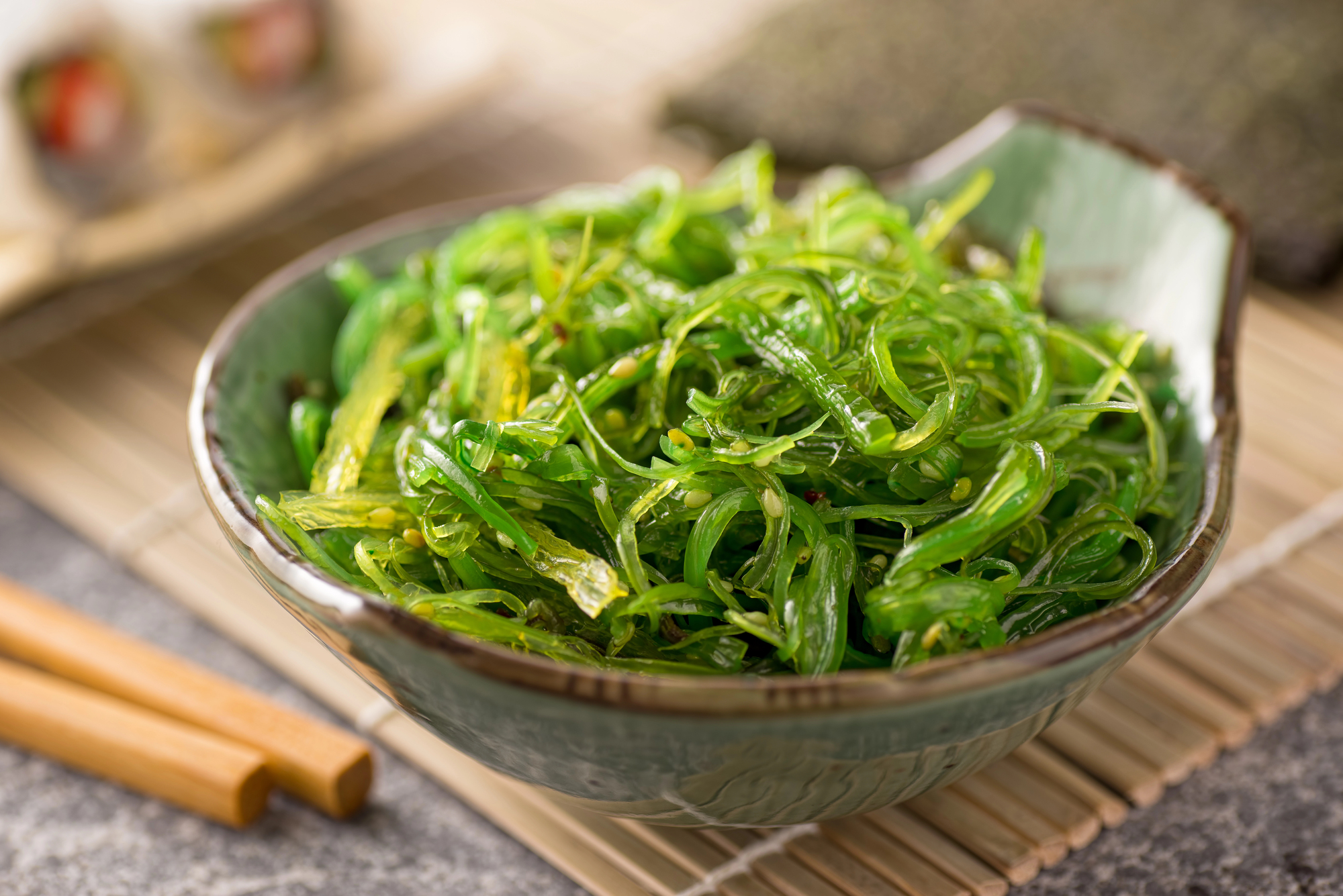
Japan’s relationship with seaweed isn’t just cultural – it’s geographical destiny. The meeting of cold and warm ocean currents around the Japanese archipelago creates perfect conditions for seaweed growth, leading to its essential role in Japanese cuisine. When you’re enjoying that perfectly wrapped sushi roll, you’re tasting centuries of geographical influence.
The Kuroshio and Oyashio currents create nutrient-rich waters that support over 100 different species of edible seaweed. Each coastal region specializes in different varieties: Hokkaido’s cold waters produce robust kombu, while the warmer southern waters yield delicate nori.
These ocean conditions also influence fish migration patterns, which is why certain sushi specialties are associated with specific seasons and regions. The abundance of seaweed influenced preservation techniques, cooking methods, and even the development of umami as a recognized taste.
The Spice Routes’ Legacy
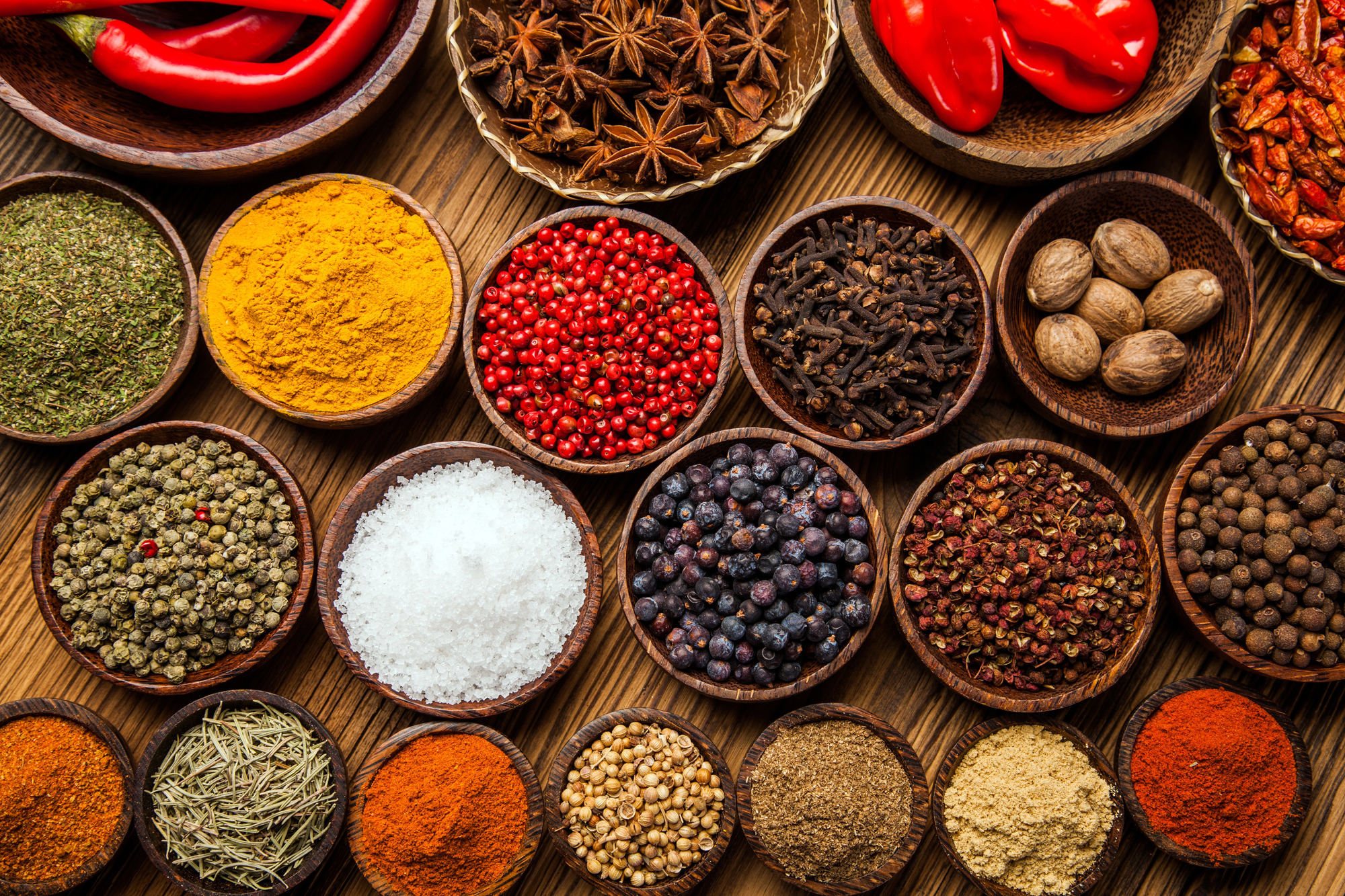
India’s abundance of spices isn’t a random chance. The varied landscape, from the humid coastal regions to the dry plains, creates multiple microclimates perfect for different spices. Pepper thrives in Kerala’s warm, moist hills, while cumin flourishes in the arid regions of Rajasthan. These natural spice cabinets shaped trade routes that would connect continents.
Each region’s unique geography contributes to distinct flavor profiles. The Western Ghats’ monsoon-fed slopes produce cardamom pods bursting with intense aromatics, while the northeastern hills yield some of the world’s hottest chilies. The Malabar Coast’s spice gardens, with their precise combinations of shade and moisture, created the perfect environment for spices that would eventually change global cuisine.
These geographical conditions didn’t just influence local cooking – they created economic empires and sparked voyages of discovery that would reshape the world map.
Highland Hearty Fare
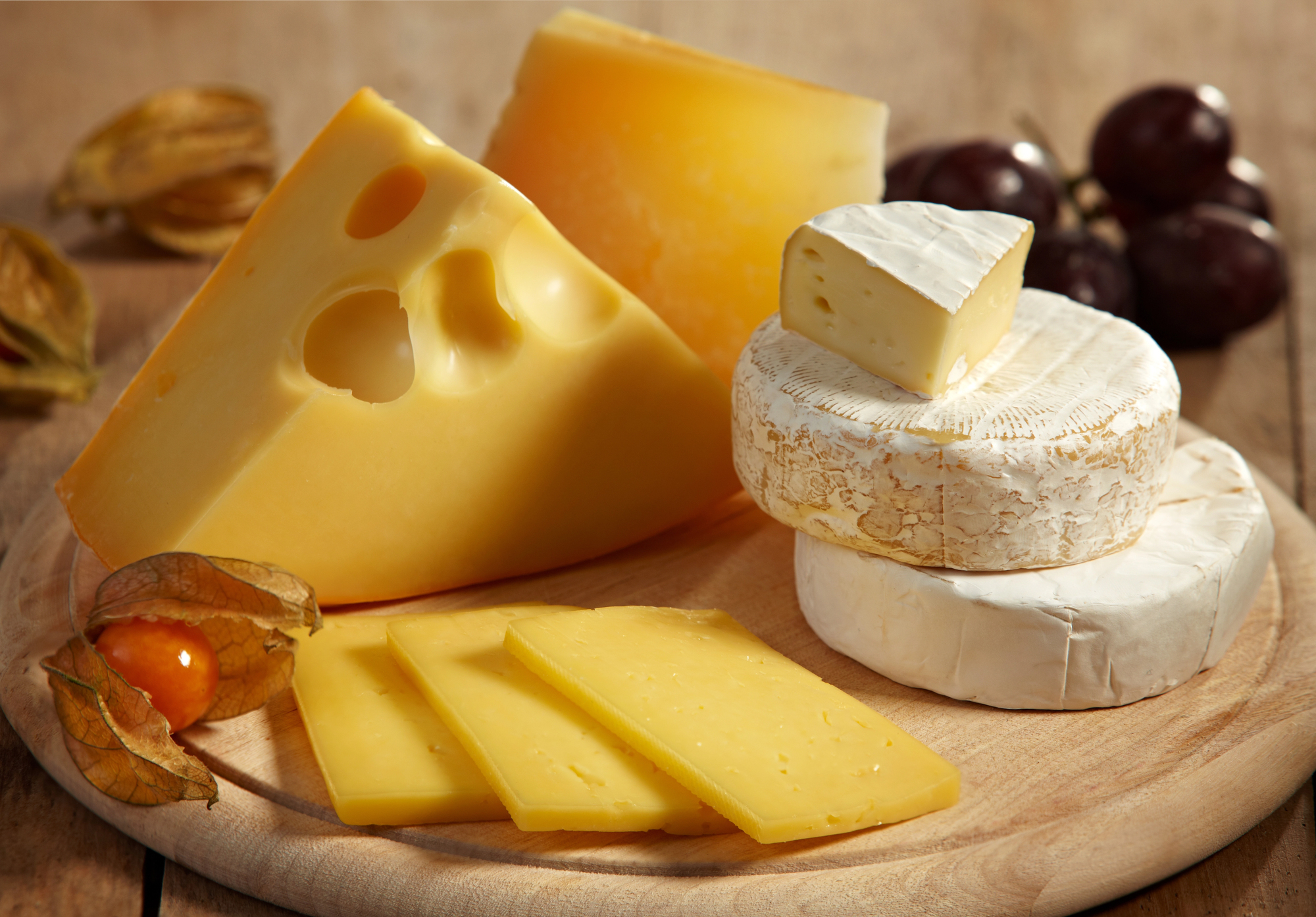
Ever noticed how mountain cuisines often feature heavy, calorie-rich foods? The Swiss didn’t invent cheese fondue just because it’s delicious. High-altitude farming limitations and long winters necessitated preserved foods and calorie-dense meals. Those bubbling pots of melted cheese were survival strategies turned into cultural treasures.
Mountain communities worldwide developed remarkably similar preservation techniques despite their isolation. The cool, dry mountain air proved perfect for aging cheese and curing meats. In the Alps, summer grazing patterns led to the creation of hardy cheese varieties that could last through winter.
Meanwhile, in the Andes, communities developed freeze-drying techniques for potatoes by taking advantage of freezing nights and sunny days at high altitudes, creating chuño – a preservation method still used today.
Like Go2Tutors’s content? Follow us on MSN.
Coastal Creativity

Coastal communities worldwide share similar culinary threads but with fascinating geographical twists. Norway’s cod became preserved stockfish thanks to cold Arctic winds providing natural refrigeration. Meanwhile, Southeast Asian fish sauce emerged because tropical heat demanded different preservation methods.
The Gulf Stream influenced not just fishing patterns but entire preservation cultures. In Norway’s Lofoten Islands, the precise combination of salty sea air, winter temperatures, and wind creates perfect conditions for drying cod. In contrast, Vietnam’s Phu Quoc Island’s tropical climate led to fish sauce production, where anchovies ferment in wooden barrels, creating an entirely different preservation approach to similar raw materials.
The Great Plains’ Grain Story
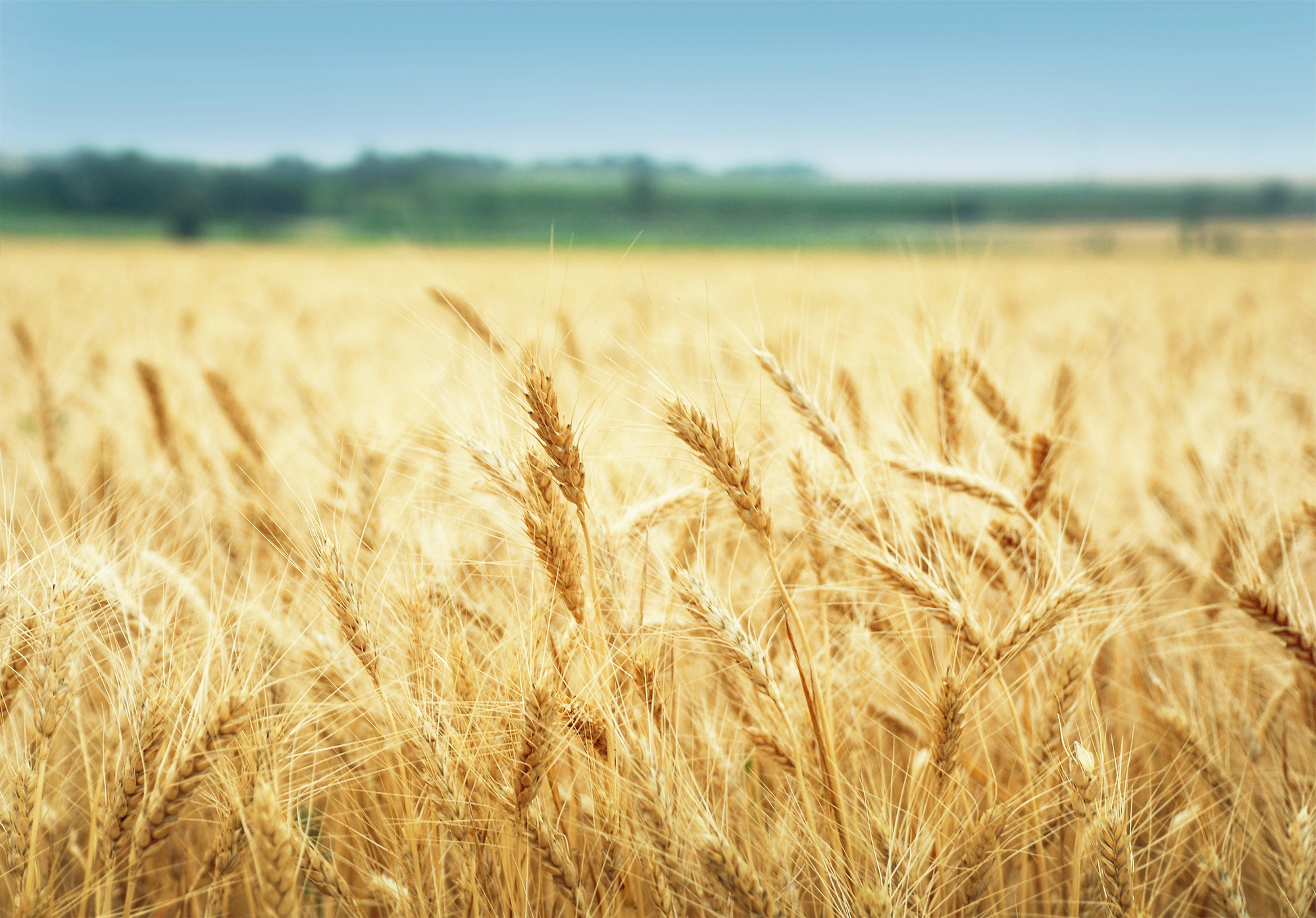
America’s heartland wasn’t dubbed the “breadbasket” by chance. The vast, flat terrain and rich soil left by ancient glaciers created perfect conditions for grain farming on a massive scale. Those endless wheat fields are geography’s gift to sandwich lovers everywhere.
The region’s soil composition comes from millennia of grassland growth and decay, creating some of the world’s most fertile farmland. The relatively flat landscape allowed for the development of mechanized farming, transforming food production globally.
Seasonal weather patterns, with cold winters and hot summers, proved ideal for winter wheat varieties that would become the backbone of American agriculture. Even the wind patterns played a role, helping to distribute seeds naturally and pollinate crops before modern farming methods.
Desert Ingenuity
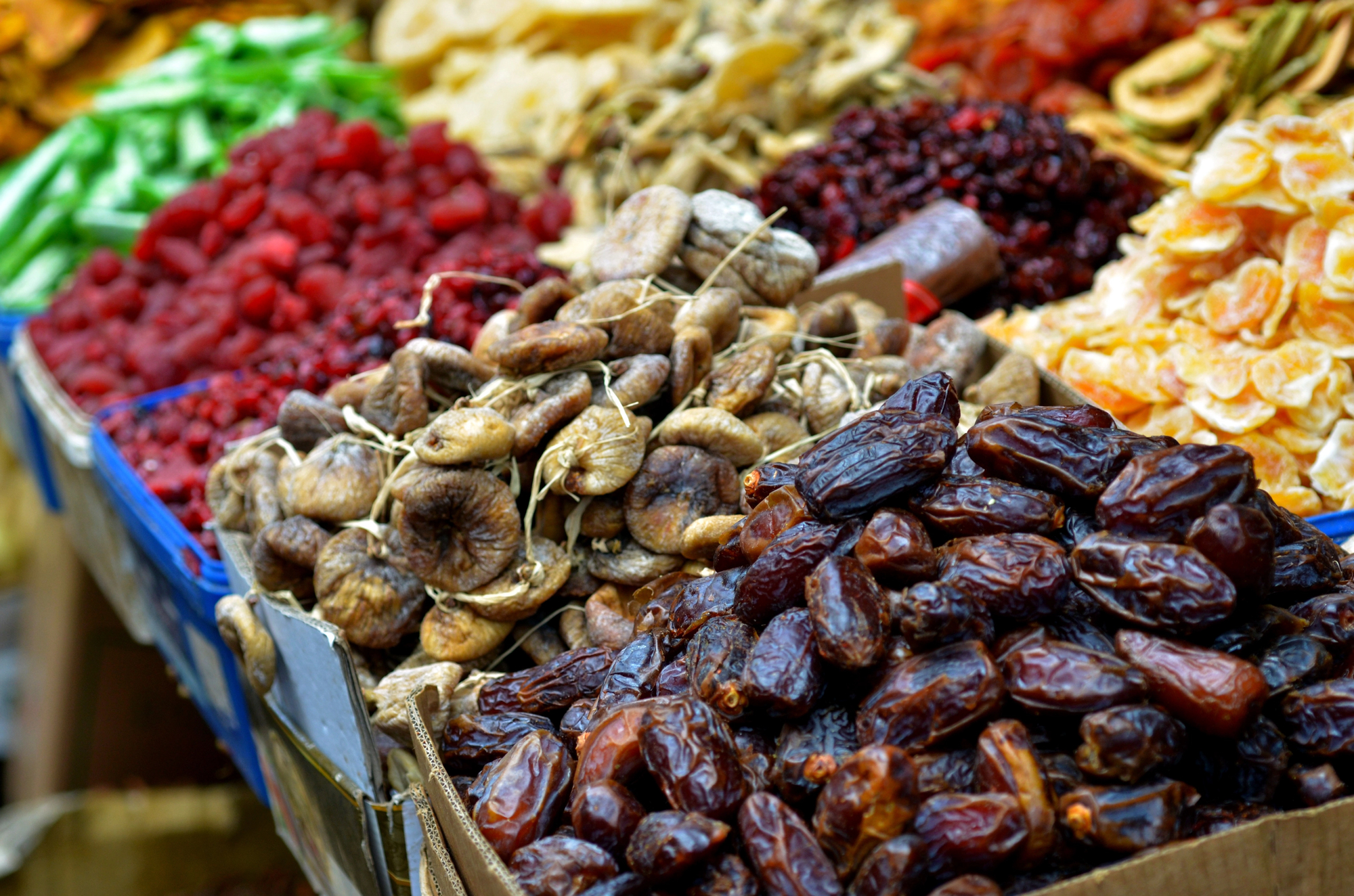
Desert cultures have developed remarkably similar food preservation techniques despite being continents apart. From Mongolian dried meat to Middle Eastern dried fruits, geography taught humans the same lessons in different places. The scorching sun became nature’s dehydrator.
The extreme temperature variations between day and night in desert regions led to unique food preservation methods. In the Sahara, salt mining and trade became crucial for preserving food, while date palms provided reliable sustenance in oasis areas.
The Atacama Desert’s extreme aridity led to preservation techniques that would influence South American cuisine for centuries. Even today, desert communities continue to innovate, using traditional sun-drying methods alongside modern solar technologies.
Like Go2Tutors’s content? Follow us on MSN.
Volcanic Viticulture
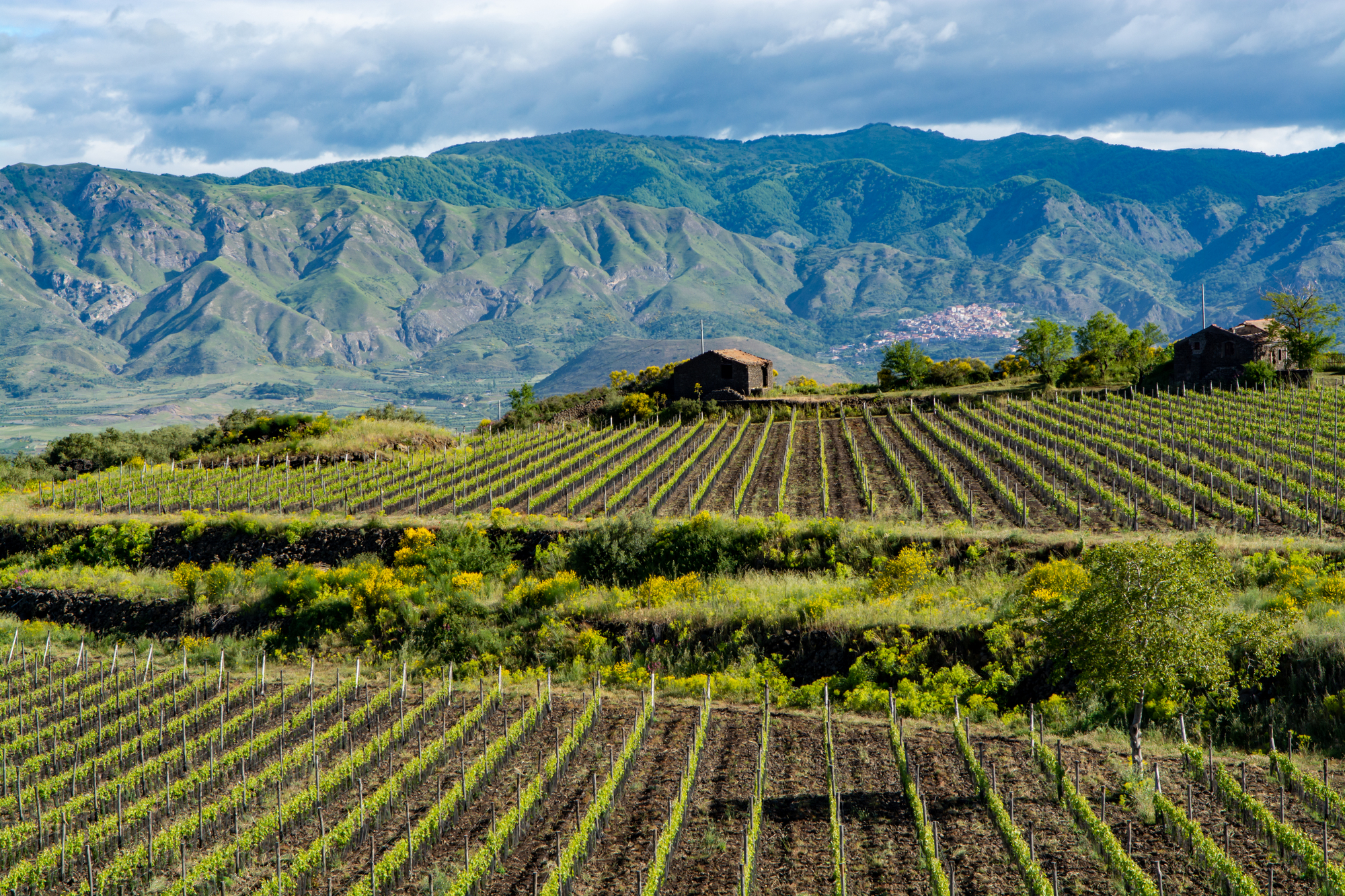
Some of the world’s most distinctive wines come from volcanic soils. Italy’s Mount Etna vineyards produce wines with unique mineral qualities thanks to volcanic soil’s superior drainage and rich mineral content. It turns out that geological drama makes for excellent wine.
The decomposed volcanic rock creates well-draining soil rich in minerals like potassium, magnesium, and phosphorus. On Mount Etna, high-altitude vineyards benefit from significant temperature variations between day and night, while the volcanic soil’s dark color helps retain heat.
Similar conditions in Greece’s Santorini produce distinctive wines from grapes grown in volcanic ash. These extreme growing conditions often result in lower yields but more concentrated flavors.
Rice Paddy Innovations
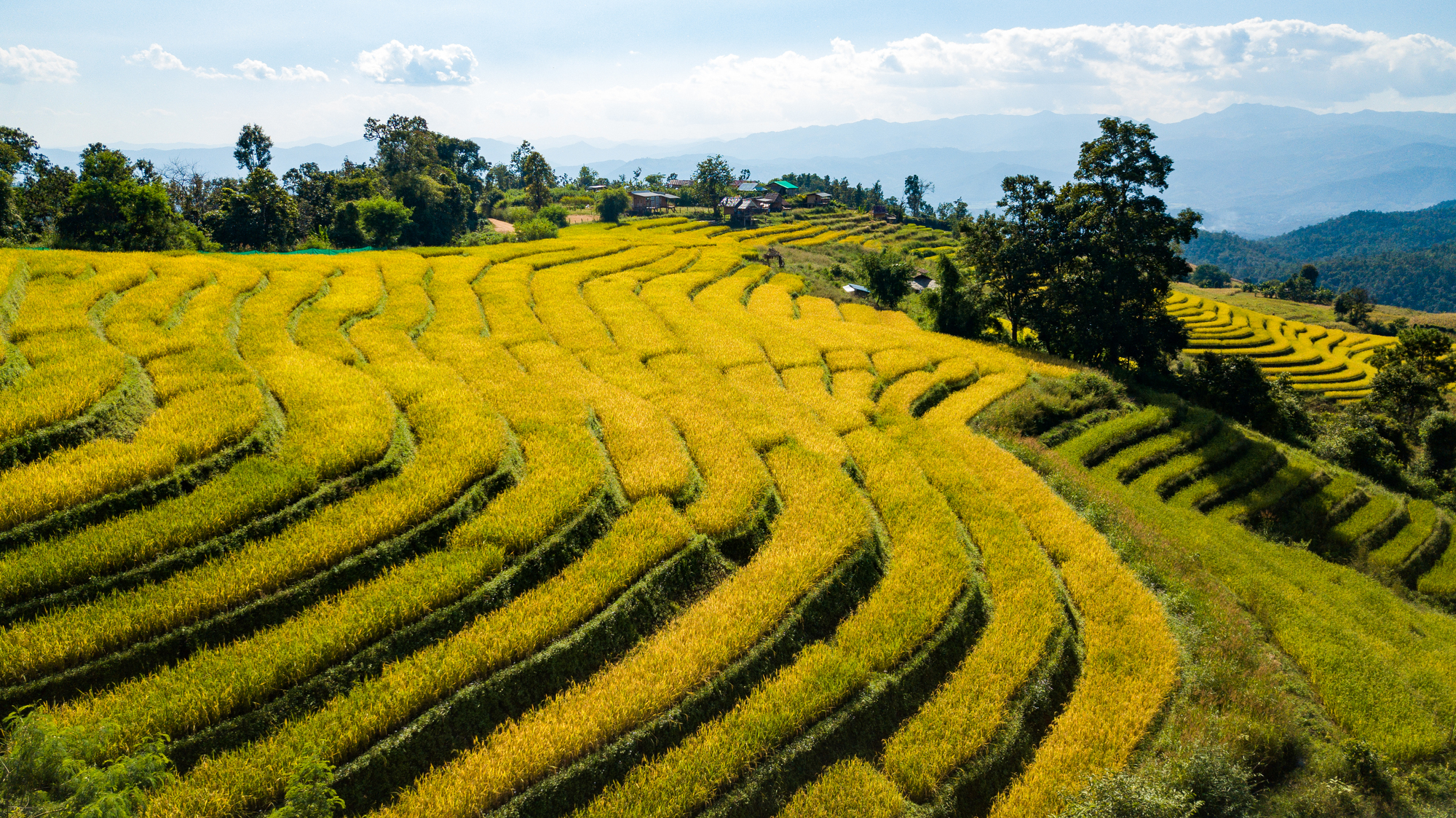
Southeast Asia’s monsoon climate and river deltas created perfect conditions for rice cultivation. But it wasn’t just about growing rice – these conditions shaped entire civilizations. The need for coordinated irrigation systems influenced social structures and cultural practices that persist today.
The region’s seasonal flooding patterns naturally replenished soil nutrients, while terraced paddies in places like Bali’s uplands showcased human ingenuity in adapting to challenging terrain. Different rice varieties evolved to suit specific geographical conditions – deepwater rice in flood-prone areas and drought-resistant varieties in uplands.
The complex irrigation systems required for rice cultivation led to the development of sophisticated social organizations and water management techniques.
The Amazon’s Abundance
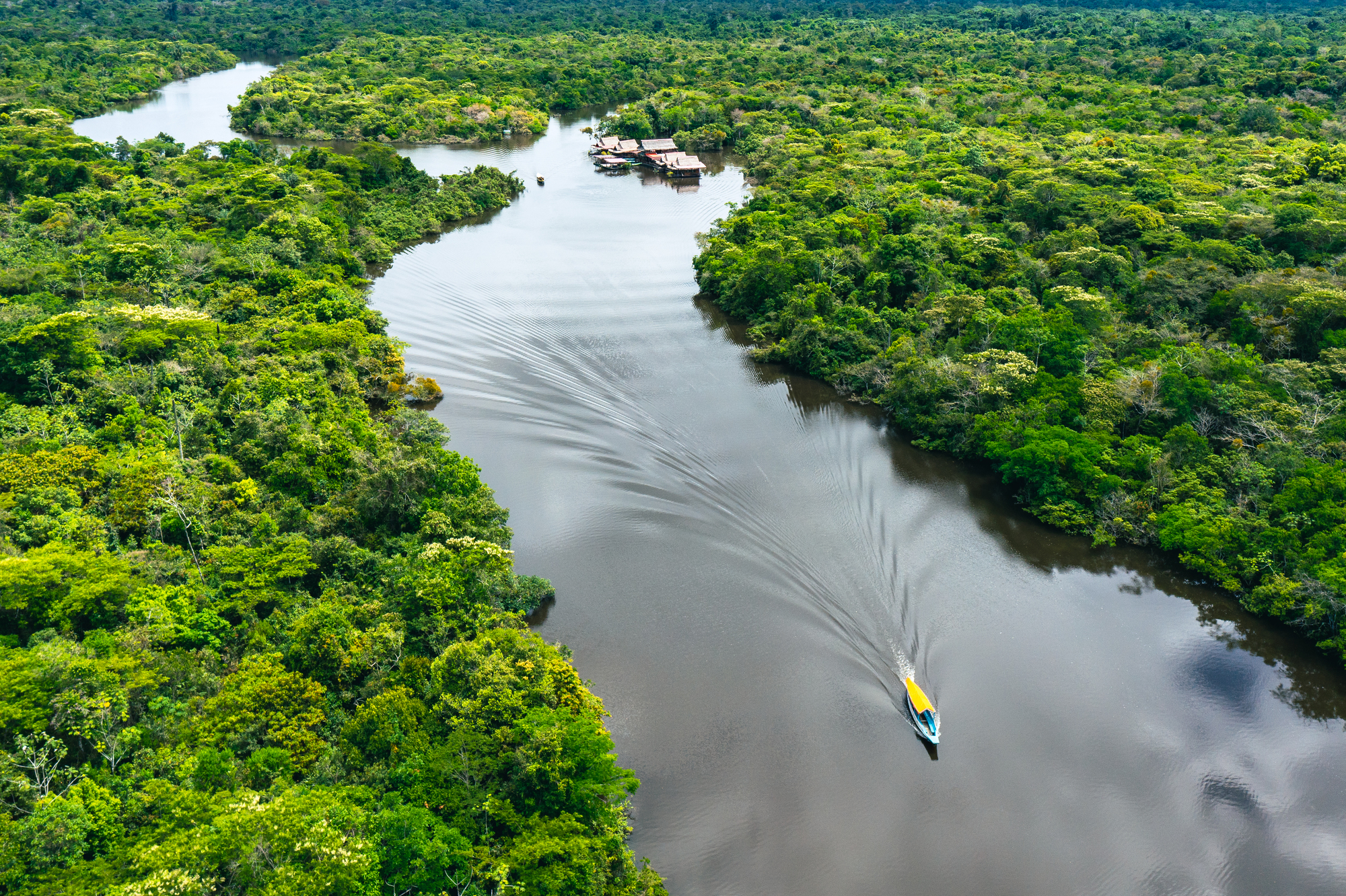
The Amazon rainforest’s biodiversity has gifted the world with unique ingredients like açaí berries and Brazil nuts. These foods evolved to thrive in specific niches within the world’s largest rainforest, creating flavors and nutritional profiles you can’t find anywhere else.
The rainforest’s layered canopy creates multiple growing zones, each supporting different food sources. Brazil nuts require large bees for pollination and specific rodents for seed dispersal, showcasing the complex relationships between geography and food production.
The Amazon’s flood patterns created várzea (flooded forests) that support unique fish species and influence seasonal fishing and gathering practices. Many of these foods are now recognized as superfoods, but they’re just the result of evolutionary adaptation to specific geographical conditions.
Like Go2Tutors’s content? Follow us on MSN.
Arctic Adaptations
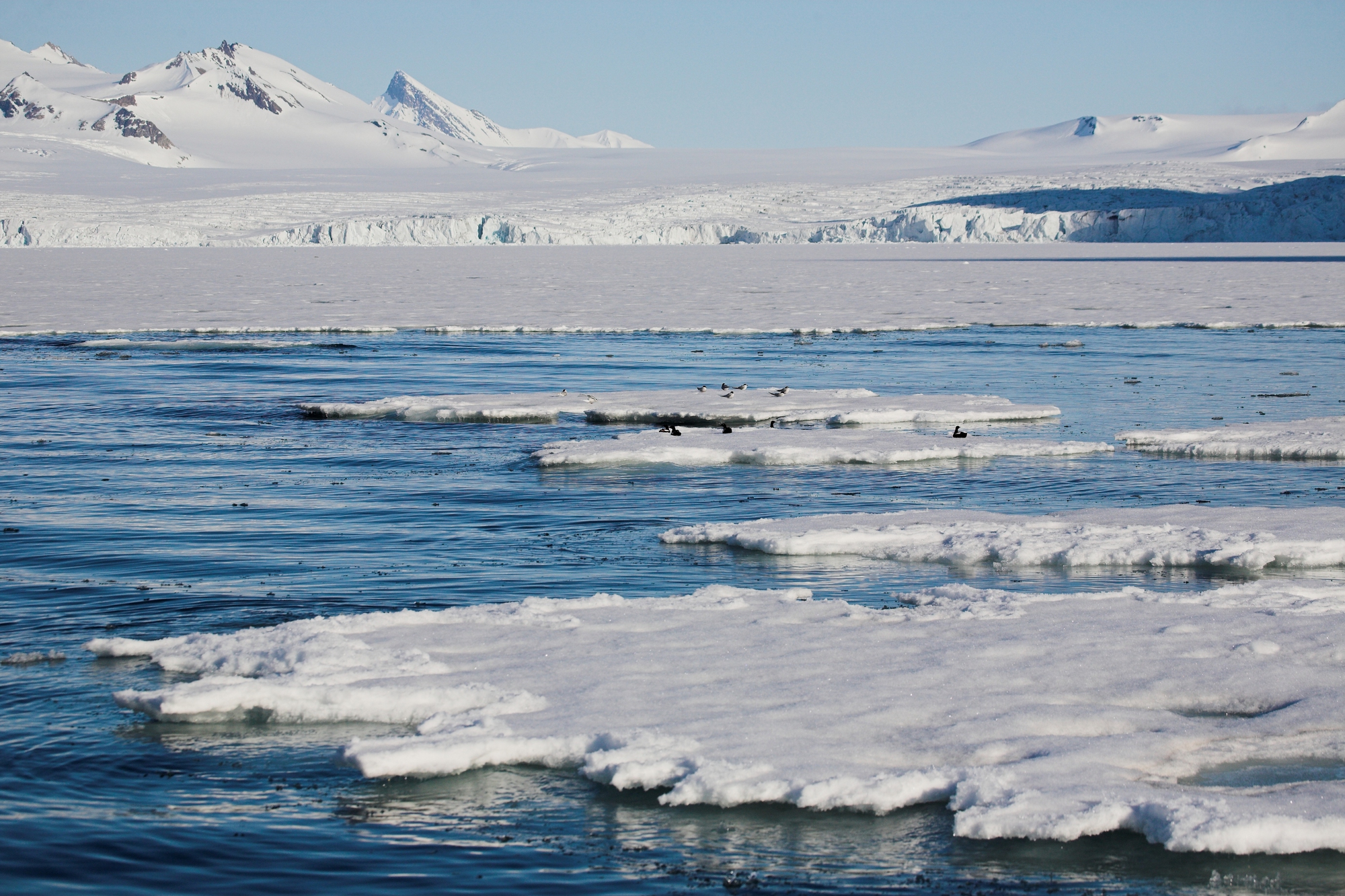
Indigenous Arctic peoples developed unique preservation methods and dietary patterns based on extreme geographical constraints. The practice of fermented fish isn’t just tradition – it’s a clever solution to preserving protein in a harsh climate with limited preservation options.
The extreme seasonal variations in daylight and temperature led to sophisticated food preservation techniques. In Greenland, kiviak – seabirds fermented in seal skin – take advantage of brief hunting seasons to provide nutrition year-round.
The Arctic’s limited plant life led to the development of efficient ways to extract nutrients from animal sources, including the practice of consuming partially digested plant matter from caribou stomachs to access essential vitamins.
Highland Coffee Chronicles
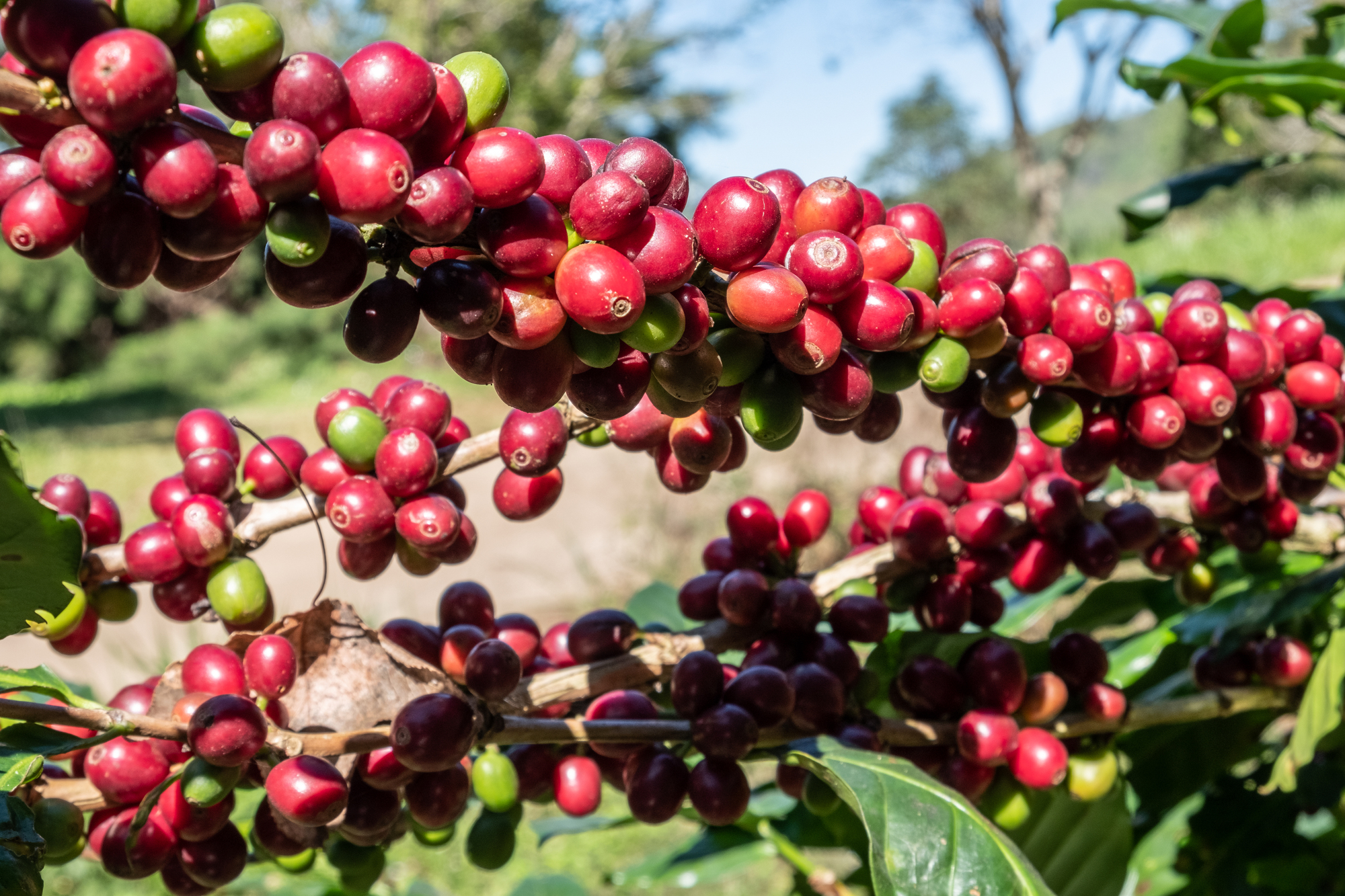
Coffee’s best flavors develop in high-altitude regions with specific rainfall patterns. Ethiopia’s highlands, the birthplace of coffee, provide the perfect conditions for wild coffee trees. Similar conditions in Colombia’s mountains explain why both regions produce exceptional beans.
The combination of altitude, temperature, and rainfall creates stress on coffee plants, causing them to produce more complex flavor compounds. Ethiopian coffee forests represent the crop’s original habitat, where specific altitude ranges of 1,500 to 2,200 meters provide ideal growing conditions.
In Colombia’s coffee triangle, the combination of volcanic soil, altitude, and regular rainfall creates similar optimal conditions, demonstrating how geographical parallels can produce similarly outstanding coffee thousands of miles apart.
Future Food Geography
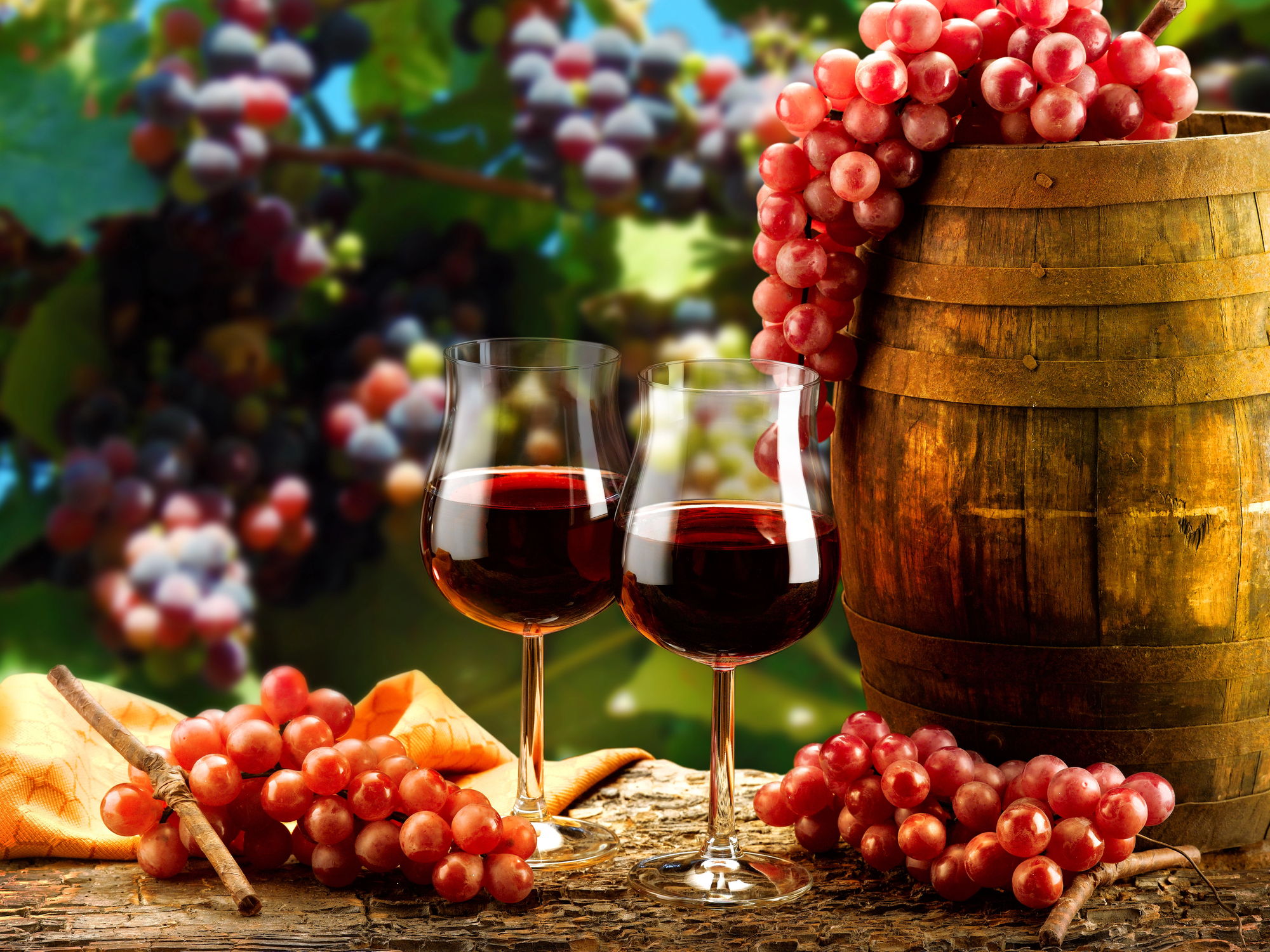
As climate change reshapes our planet’s geography, it’s also transforming food production regions. Traditional wine regions are shifting northward while changing rainfall patterns affect crop distributions worldwide. Our culinary future remains tied to geography, just as it has been throughout history.
Historical wine regions are already adapting to warmer temperatures, with some European vintners experimenting with heat-resistant grape varieties. Coffee farmers are moving to higher elevations to maintain optimal growing conditions.
Rising sea levels threaten traditional salt harvesting regions while changing precipitation patterns affect spice production in traditional growing areas. These shifts remind us that the relationship between geography and food continues to evolve.
Like Go2Tutors’s content? Follow us on MSN.
A World of Flavors: Our Geographical Heritage

The next time you sit down to eat, remember that every bite tells a story of a place and landscape. Our planet’s geography hasn’t just influenced what we eat – it has shaped entire civilizations, driven exploration, created trade routes, and continues to evolve our culinary traditions.
From the highest mountain tea plantations to the deepest ocean fishing grounds, from desert date palms to Arctic preservation techniques, geography remains the silent chef in every kitchen around the world.
As we face new challenges like climate change and shifting agricultural zones, understanding this deep connection between land and plate becomes more crucial than ever. Perhaps by recognizing how the Earth’s diverse landscapes have shaped our food, we can better appreciate not just our meals but our shared heritage as inhabitants of this remarkably varied planet.
After all, in every dish we consume, we taste not just ingredients but the very geography that made them possible.
More from Go2Tutors!

- Famous Battles: How Much Do You Really Know About U.S. History?
- Top 5 Most Important Skills, According To Harvard Business School
- How Well Do You Know 90s Pop Culture? Take the Quiz
- Master the Art of Public Speaking with These Expert Tips
- Think You Know Capitals? Put Your Knowledge to the Test
Like Go2Tutors’s content? Follow us on MSN.



